Dangerous situations that may jeopardize the safety of workers

There are several regulations (NFPA) and health & safety standards (CSST) that govern dust collection in the woodworking industry.
Explosion Venting Doors Fasteners
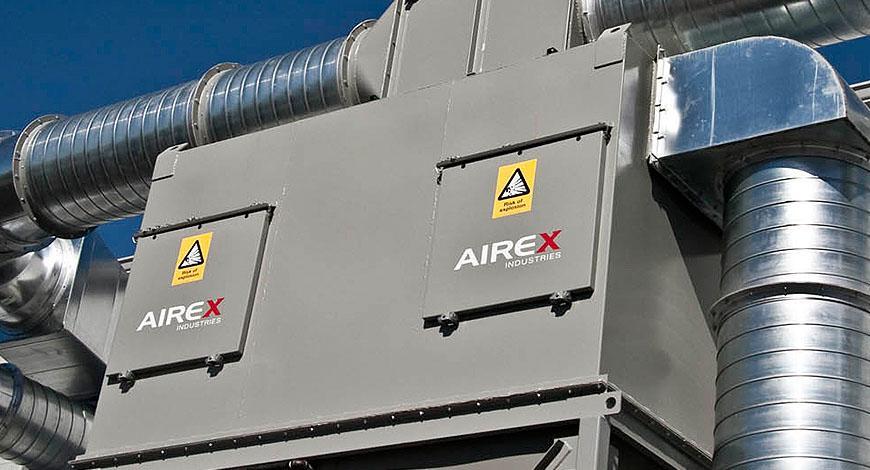
Explosion venting doors on dust collection systems are secured using special fasteners that will release at a predetermined load when there is an uncontrolled buildup of internal pressure. For various reasons, we often find these doors sealed with standard bolts. Should an explosion occur within this collector, internal pressures will not be able to vent outside and thus destroy the collector and seriously damage a major portion of its ductwork, not to mention the risk of ensuing fire and collateral damage.
Dust Accumulation Around Blower And Motor
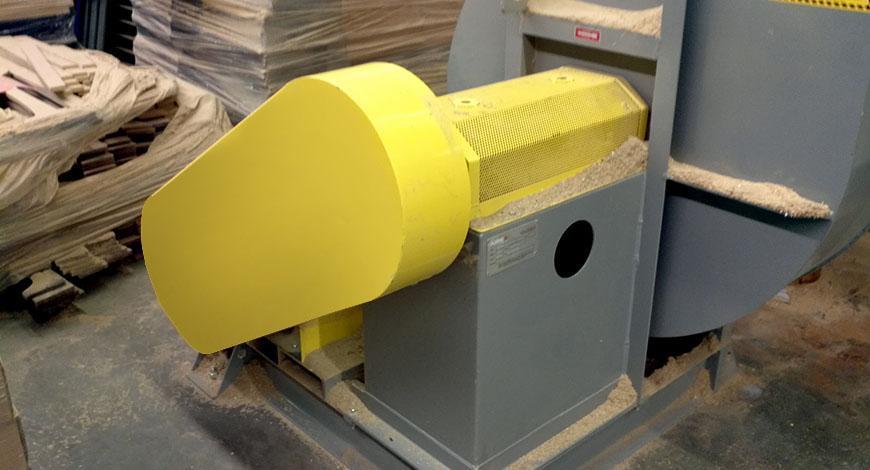
Correct fan location on a dust collection system is paramount. If the fan is located upstream of the dust collector, particulate matter will pass through the fan. The fan motor capacity will be increased to handle the load and over time you may observe excess dust accumulations on fan components. There need only be a spark, or heat generated say from wheel bearing friction, to ignite a fire.
Is Your Workplace Safe?
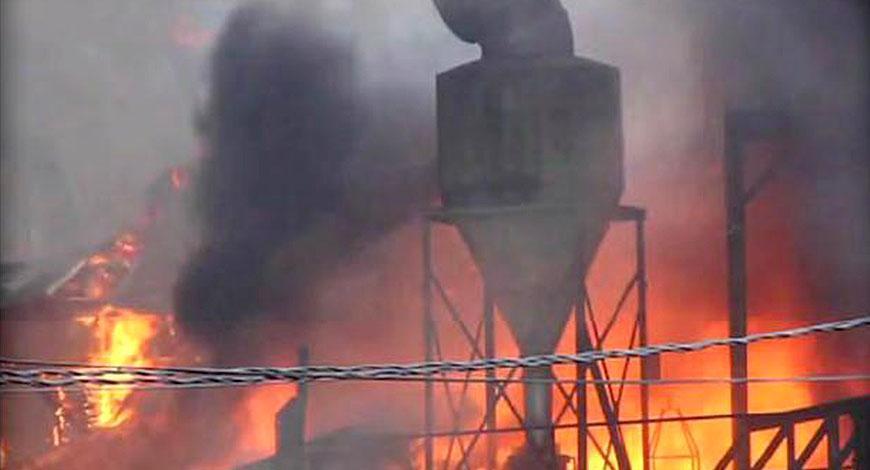
There are various types of fire protection equipment available that will ensure a safe working environment in compliance with NFPA (National Fire Protection Association) standards. Should the CSST find fire/explosion protection deficient, they have the right to suspend, at their discretion, use of the dust collector until its design is adapted to meet the standard. To provide assistance, the CSST has published guidelines for the woodworking industry.
Click here to download guidelines (french only);
Health hazards

In general, hardwoods (deciduous trees such as birch, aspen and maple) produce finer particulate compared to softwoods (conifers such as spruce, pine and cedar).
Prolonged or repeated exposure to fine wood dusts has a detrimental effect on worker health: Wood dust is a human carcinogen.
Without proper care and treatment, decreased lung functions, increased respiratory symptoms and allergic reactions may lead to occupational asthma and other lung / skin diseases.
To conclude
Wood dust, for the most part, is combustible and explosive. The control and management of airborne contaminants in the woodworking industry will help reduce risks associated with fire, prevent loss of life and damage to property.


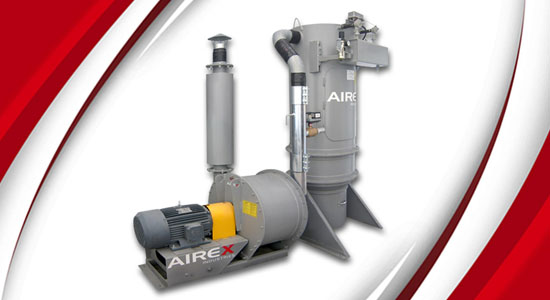
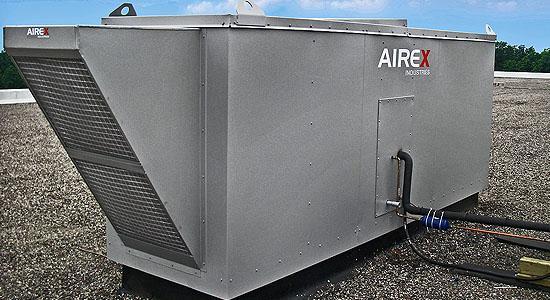
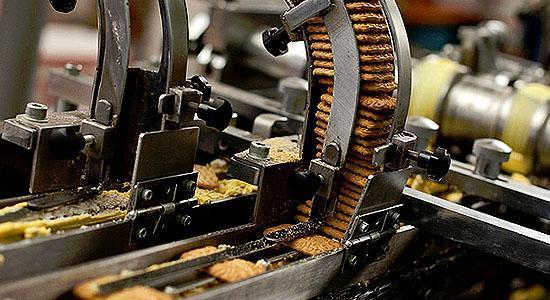
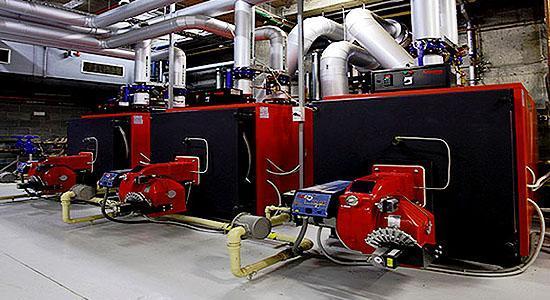
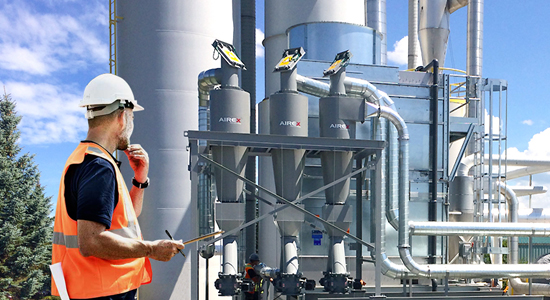
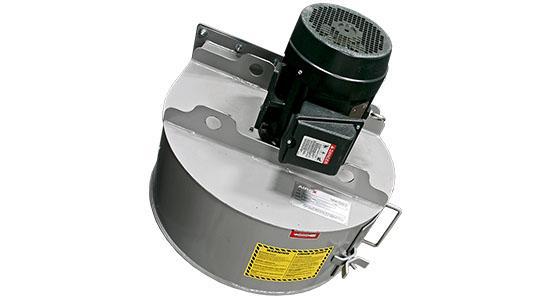
 Not sure what product fits your needs, or you looking for advice about the best solution for your problem?
Not sure what product fits your needs, or you looking for advice about the best solution for your problem?